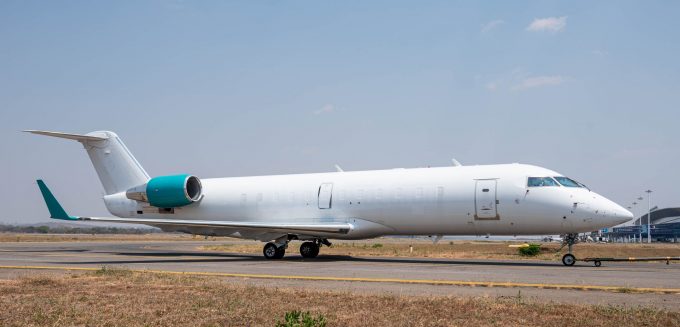FAA launches probe into Boeing 787 Dreamliner safety issues
Airlines in line for delivery of Boeing 787 Dreamliners are facing longer wait times as ...

Proflight Zambia is the latest airline to introduce a converted CRJ100/200, but analysts reckon these aircraft will remain a niche product, flown by only a handful of operators.
Proflight took delivery of its first aircraft last month on lease from Avmax in Canada and plans to ...

Comment on this article